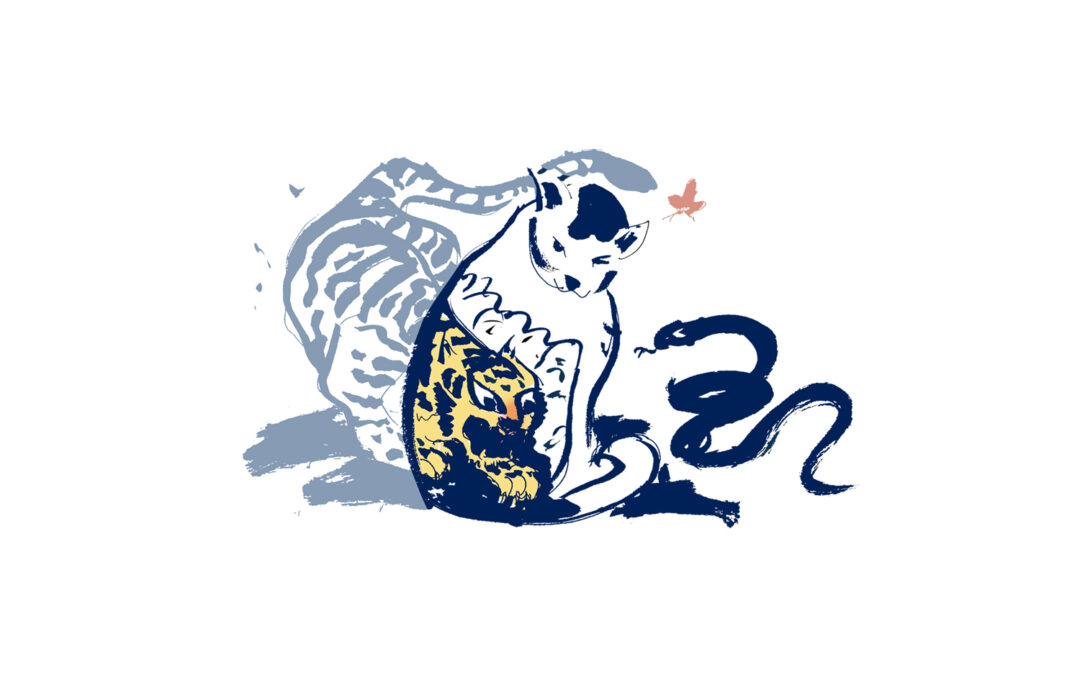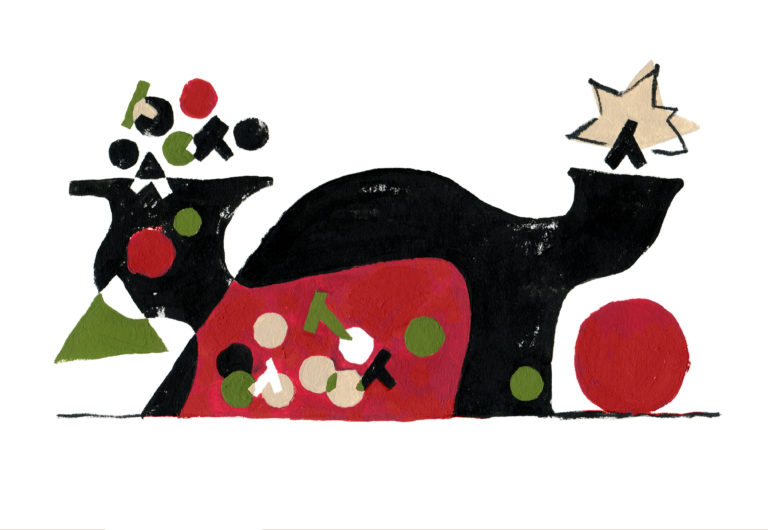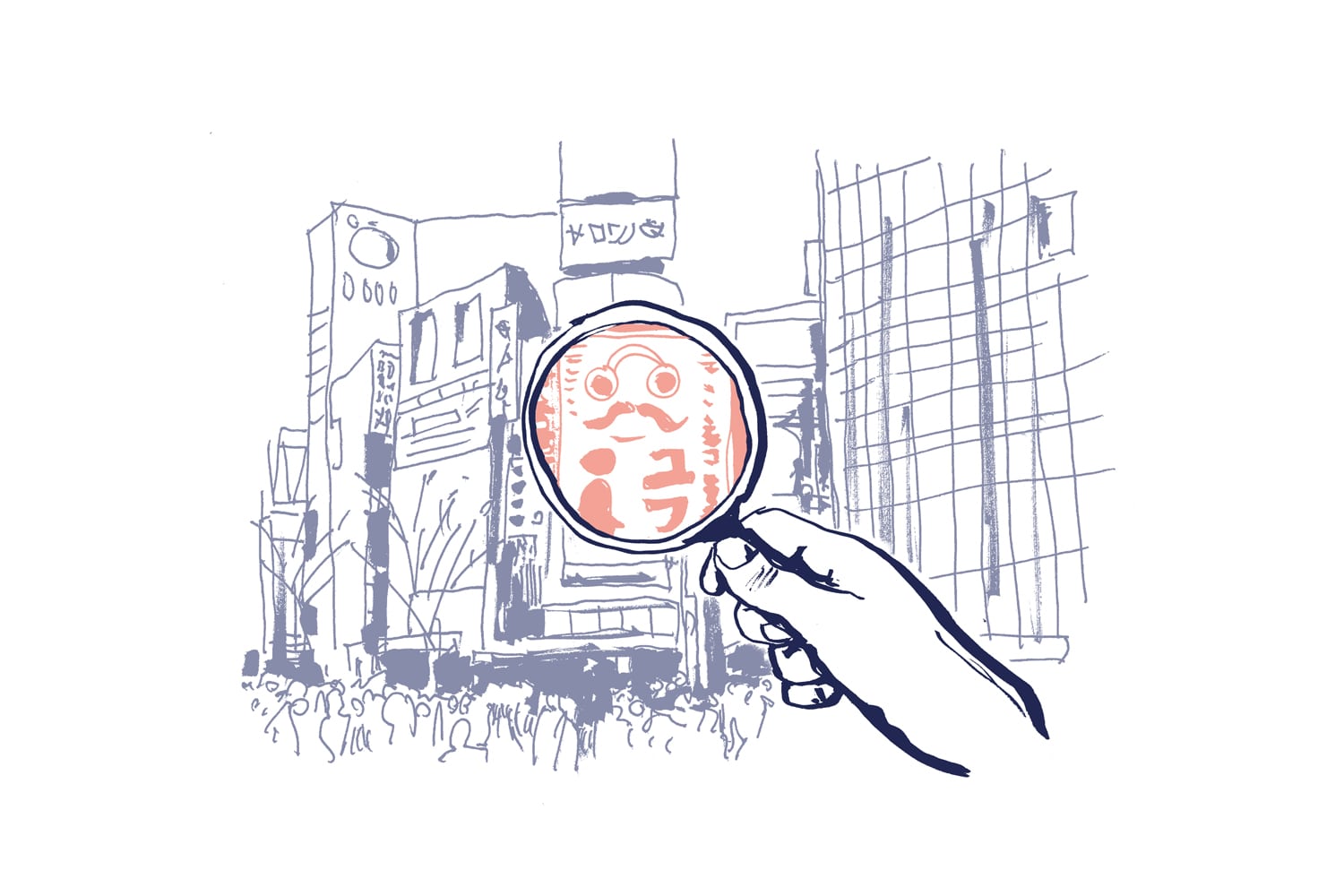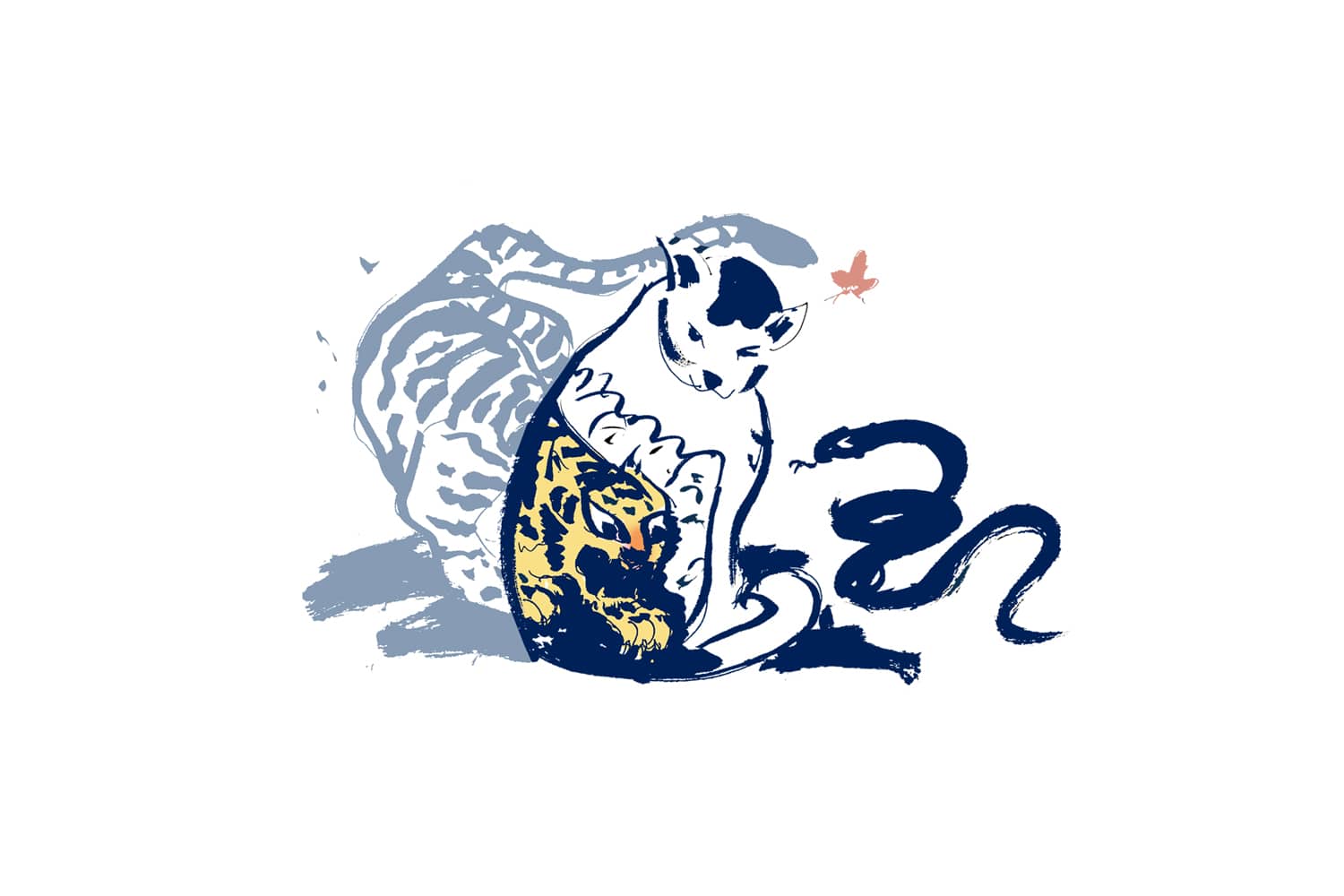Food for thought

K-Pop future branding: Gen Z and a new retro-future
K-pop group Aespa broke records in 2020 when their single ‘Black Mamba’ got 21 million views within 24 hours, making it the most successful K-pop debut in history.

Deconstructing ‘the future’
Promises of the future are a powerful marketing tool: from daily skincare regimens to make a difference twenty years down the line, to financial services promising a carefree life in old age if you invest wisely right now. But how do brands communicate this vague, abstract concept of ‘the future’?

5 Ingredients for a Successful Market Entry Strategy
Expanding into a new foreign market – whether that is China, Japan, or any other country – can be potentially very profitable for your brand. However, it may be difficult to find success without proper research and planning: this is where market entry strategies come into play.

A Comprehensive Guide to Market Research in Japan and China: 5 Proven Methods
From our experience as market researchers in Asia, Yuzu Kyodai has been testing different methods over the years in consumer research projects to refine those that work best with our consumers in Japan, China, and beyond. Today in this blog post, you will learn about the five proven methods we swear by when conducting market research around the world, and more specifically in Japan and China, and how to avoid common pitfalls. Let’s dive in!

A Second Look at Japan
The Japan market still has plenty of business opportunities to offer – a story of business in Japan in charts: market entry analysis Japan 2023/2024

Technology in Market Research
What changes does technology bring about in the field of market research? Where technology is a disruptor for some, to us it is a clear facilitator for our work. Other than the exciting area of data analytics and AI-assisted analysis, which are widely discussed elsewhere, four areas stand out where technology significantly enhances consumer insight generation.
Accessibility is the umbrella term under which we can summarise those four areas: 1) geographical coverage 2) ongoing dialogue 3) live channels/ real-time feedback, and 4) cross-generational access to interested consumers.

Cult Brands: Creating Fandom in Japan
In early February, a jpeg of a pixelated, pale, bandana-wearing alien sold for nearly $24 million dollars. Why? It is an NFT (non-fungible token) from a 10,000-strong collection of digital avatars called Crypto Punks, many of which are also priced in the millions. Each Punk has differing ‘unique’ attributes or traits, whose rarity affects the value: the alien trait, which appears only nine times, is the rarest and therefore the most expensive. To true believers, this alien represented a piece of crypto history and would thereby allow its owner to gain membership of an exclusive inner circle of NFT elite collectors.

Religious Cues in Brand Architecture
In early February, a jpeg of a pixelated, pale, bandana-wearing alien sold for nearly $24 million dollars. Why? It is an NFT (non-fungible token) from a 10,000-strong collection of digital avatars called Crypto Punks, many of which are also priced in the millions. Each Punk has differing ‘unique’ attributes or traits, whose rarity affects the value: the alien trait, which appears only nine times, is the rarest and therefore the most expensive. To true believers, this alien represented a piece of crypto history and would thereby allow its owner to gain membership of an exclusive inner circle of NFT elite collectors.

China Brand Cults vs Western Brand Cults
In early February, a jpeg of a pixelated, pale, bandana-wearing alien sold for nearly $24 million dollars. Why? It is an NFT (non-fungible token) from a 10,000-strong collection of digital avatars called Crypto Punks, many of which are also priced in the millions. Each Punk has differing ‘unique’ attributes or traits, whose rarity affects the value: the alien trait, which appears only nine times, is the rarest and therefore the most expensive. To true believers, this alien represented a piece of crypto history and would thereby allow its owner to gain membership of an exclusive inner circle of NFT elite collectors.

Metaverse: A Replica of Reality or a Land of Imagination?
In 2018, the movie Ready Player One piqued Chinese consumers’ curiosity about the Metaverse. In one scene, a particularly stark transition between dreary everyday life and fantastic cyberworld showed a fantastic vision of where this all may take us one day.
Since then, many prototypes have been made in speculative works, immersing audiences in wild journeys. Yet, as Ready Player One cautions, the Metaverse is “a place where the limits of reality are your own imagination” – and these limits still appear quite narrow.
Browse by Favourites

Everyday Objects
In this series, we look at mundane objects from everyday life in Japan. Based on our first pop-up exhibition, and including many of your personal contributions, we use everyday artefacts as starting points to learn about cultural frameworks.

Yuzu Trend Tracker
Coming Soon

Yuzu & Market Research
In this series, we give our professional insight into the best ways to conduct market research in Japan and China, and the current status of these markets. If you’re thinking about entering or expanding your presence in East Asia, these articles are a must-read!

